The temples in Malta and Gozo are some of the oldest structures known to man. They each depict a symbol of inhabited land, a journey that man embarked on during the prehistoric age. During this period of civilisation, the structures ancient man created served as functional worship points where the local icon, the goddess of fertility was shown reverence.
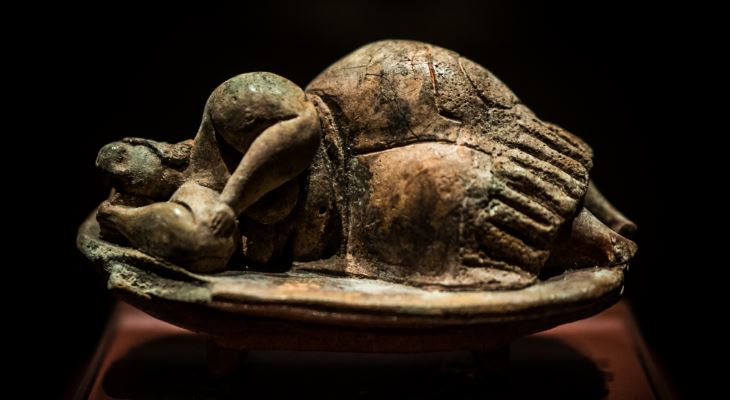
Viewing Malta / Franklin Balzan
Each and every temple on the Maltese islands denotes a period of ‘architecture’ if you will, where different layouts, functions and even little quirks can be seen adorning the walls of the temples. Some key features include statuettes, inscriptions, coloured paintings, psychedelic trips and attention to detail.
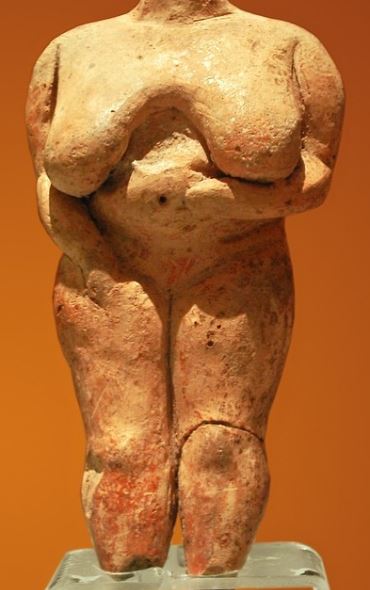
Instagram / @fromtheplanetx
The statuettes
Although the statue of the Goddess of Fertility is the most recognised statuette on the Maltese islands, there have been a few other renditions of the ‘fat lady’ as she is commonly known - The Venus of Malta is one of them. Unlike the sleeping lady, this chubby chick stands tall and shows off her curves with pride - relatively easy when there’s no face to associate with the body. The purpose of the goddesses' curves were to enforce the idea of childbearing as a beautiful and highly important passage of life; the survival of their civilisation depended on it.
The inscriptions
The markings on the walls as seen in many of the local temples all signify something or another. Discovering each and every symbol is a devotion in itself but ultimately, their purpose was to embellish and welcome fertility, evoking an atmosphere where decoration and devotion was highly important. From curvilinear designs to carved phallic symbols adorning walls - these guys had an obscure sense of decoration.
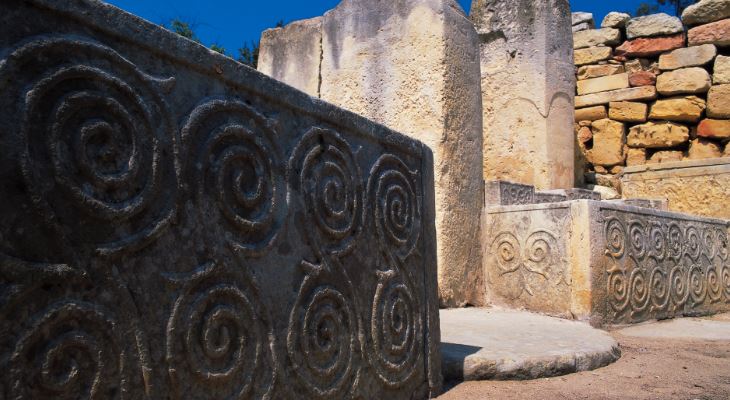
Viewing Malta
The coloured paintings
Although most of the paint embellishing the walls has now deteriorated due to the elements, many altars, ceilings, pillars and other areas of the temples were once painted using natural pigments. Flowers, bugs, animal blood and other resourceful items served as hues to paint walls, maybe even denoting colour to symbolise a specific ritual.
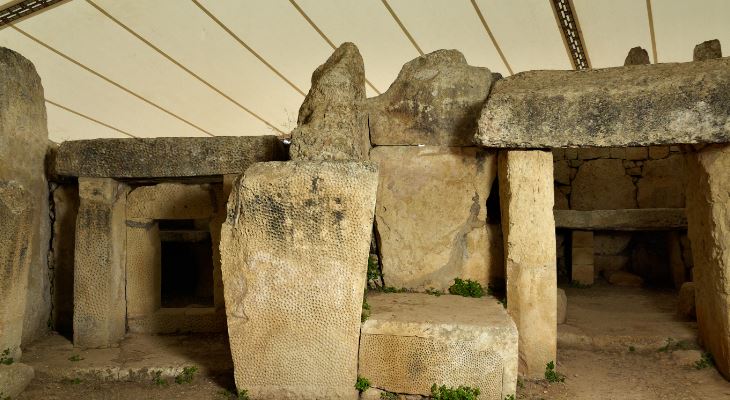
Viewing Malta / Clive Vella
The attention to detail
If we planned out the site maps of our current housing in the same way the temple dwellers did, I’m pretty sure a lot more things would make sense on the island; architecturally speaking! The sun and the moon were their guides, with the sunset entirely visible through passages in the temples; usually leading to the altar where sacrifices were made. The sun and the moon were equally important in the cycles of our ancestors' practices.
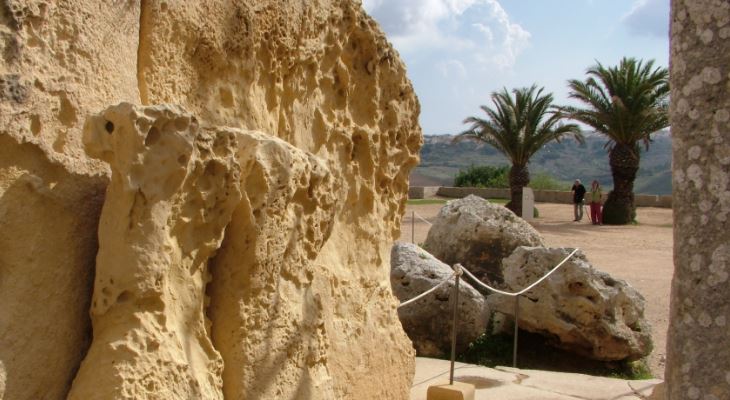
Viewing Malta / Mick Cundy
The psychedelic trips
Some temples on the islands catered for the gloomier days by creating echo rooms. The Hypogeum is a clear example of this. Who needs mind-altering substances when the concave walls surrounding the complex take you to a whole new dimension? The old civilisations created such structures to develop psychological and physiological experiences that were probably intended to illuminate the soul. Trippy.
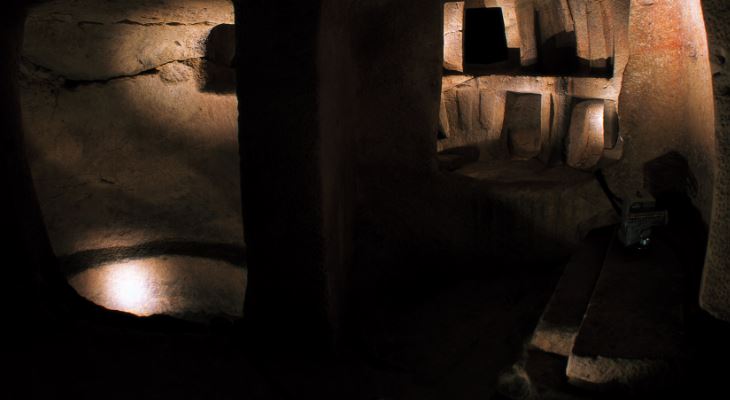
Viewing Malta
With all these magical features showcasing the life of our pre-pre-pre-predecessors, it’s a mystery as to why none of these are registered as wonders of the world.